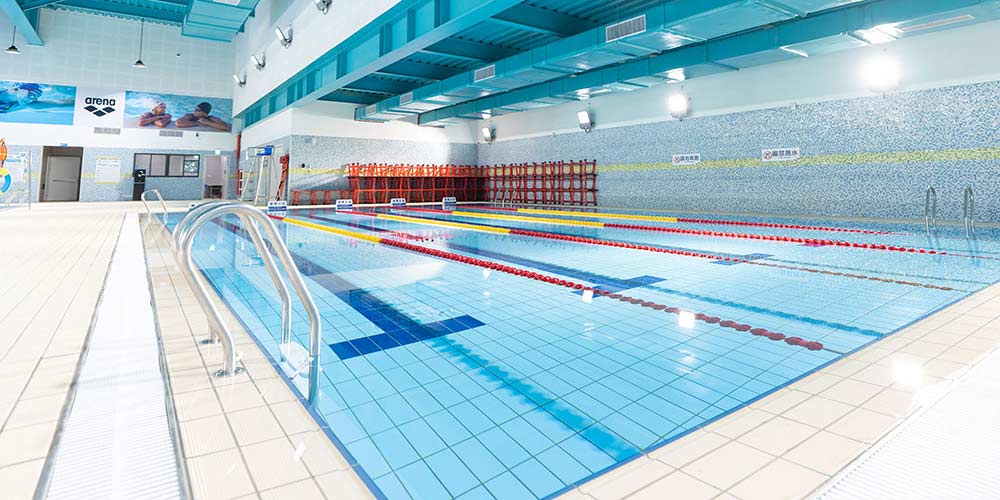Cyanuric acid, a chemical compound commonly used in swimming pools, is known for its ability to stabilize chlorine and protect it from the degrading effects of sunlight. While cyanuric acid primarily functions as a stabilizer, there is a common misconception about its impact on pH levels. In this discussion, we will explore the role of cyanuric acid in pH regulation and clarify whether it has the capacity to lower pH.
Cyanuric Acid and pH:
Contrary to popular belief, cyanuric acid does not directly lower pH levels in a swimming pool. Its primary role is to maintain the stability of free chlorine, thus prolonging its effectiveness in disinfecting the water. The pH of a pool is influenced by various factors, including the addition of chemicals like chlorine, pH regulators, and even environmental conditions.
Stabilizing Effect:
Cyanuric acid forms a protective shield around chlorine molecules, preventing them from breaking down when exposed to ultraviolet (UV) rays from the sun. This stabilization ensures that chlorine remains in the pool water, allowing it to continue effectively sanitizing the pool. However, the stabilizing effect of cyanuric acid on chlorine does not interfere with the pH of the water.
pH Regulation Mechanisms:
To understand the relationship between cyanuric acid and pH, it’s crucial to recognize the mechanisms that govern pH levels in a swimming pool. pH measures the acidity or alkalinity of water on a scale from 0 to 14, with 7 being neutral. Chlorine-based chemicals, including cyanuric acid, may have an indirect influence on pH through their chemical reactions, but cyanuric acid itself does not actively lower pH.
Alkalinity and pH:
Total alkalinity plays a more direct role in pH regulation. Alkalinity acts as a buffer, helping to prevent rapid fluctuations in pH levels. While cyanuric acid does not lower pH, it may indirectly influence alkalinity. By stabilizing chlorine, cyanuric acid helps maintain a consistent chemical environment in the pool, indirectly supporting the role of alkalinity in pH regulation.
Best Practices for pH Management:
To manage pH levels effectively, pool owners should focus on using dedicated pH regulators rather than relying on cyanuric acid. Regular testing and adjustment of pH levels using suitable chemicals are essential to ensure a comfortable and safe swimming environment. Neglecting pH maintenance can lead to issues such as eye and skin irritation, corrosion of pool equipment, and reduced effectiveness of chlorine.
In conclusion, cyanuric acid is not a direct contributor to lowering pH levels in swimming pools. Its primary function is to stabilize chlorine and protect it from degradation caused by UV rays. Proper pH management involves the use of dedicated pH regulators, regular testing, and adjustments to create a balanced and safe swimming environment. Understanding the distinct roles of chemicals like cyanuric acid is crucial for maintaining water quality and ensuring an enjoyable pool experience.
Post time: Jan-31-2024


